Succulent Leaf Curling: Causes and Effective Solutions
You might freak out a little when you see succulent leaves curling, but guess what? It’s actually totally normal and usually not a big deal. There are lots of reasons why succulent leaves do their little curling dance, like bad soil or changes in weather and sunlight. But don’t sweat it! With a little TLC, you can keep your succulents happy and stop those leaves from curling even more. Let’s dive in and learn how to keep your succulents looking fab!
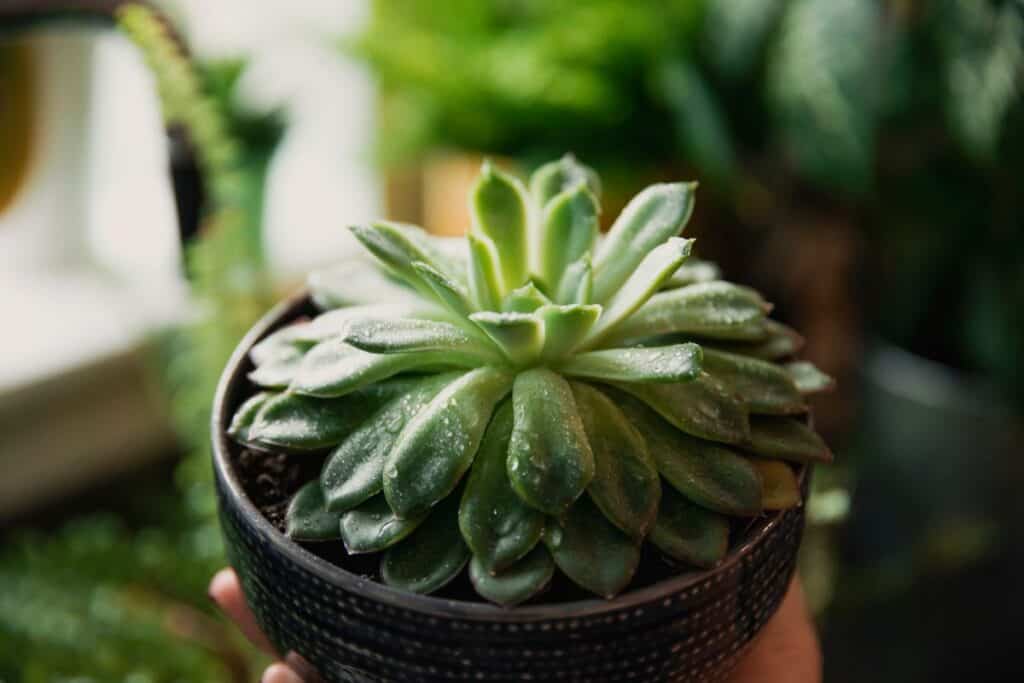
Contents
- 1 10 Reasons for Succulent Leaves Curling Up or Down
- 1.1 1. Oh, Too Much Water!
- 1.2 2. No Water, No Bueno.
- 1.3 3. Oops, Too Much Sun!
- 1.4 4. Hey, It’s Gloomy in Here!
- 1.5 5. It’s All About Drainage, Baby!
- 1.6 6. Soils and Nutrients – The Perfect Combo!
- 1.7 7. Transplant Time Can be Stressful
- 1.8 8. Change is Hard! Even for Succulents.
- 1.9 9. Don’t Be a Potzilla! Choose the Right Size.
- 1.10 10. Oh, Those Pesky Pests!
- 2 Preventing Curly Leaves – Easy-Peasy Tricks!
- 3 In a Nutshell
10 Reasons for Succulent Leaves Curling Up or Down
Succulents are super popular houseplants because they’re low-maintenance and look amazing. But sometimes, even these tough plants can have issues, like their leaves curling up or down. Don’t worry, though! We’ve got you covered with 10 common reasons why succulent leaves curl and easy-peasy solutions to keep those beauties happy and healthy.
1. Oh, Too Much Water!
Yep, overwatering is a biggie. When you drown your succulent with too much water, its roots get soggy and start to rot. And what do you think happens next? You got it! The leaves curl up or down to show their distress. So, water your succulents only when the soil is completely dry, and ditch the saucers of water trick.
2. No Water, No Bueno.
On the flip side, underwatering can also lead to leaf curling. When your succulent doesn’t get enough water, it goes into survival mode and tries to save every drop. And that’s when you will notice those succulent leaves curling down. Make sure to give your succulents the right amount of water they need based on their type, size, and environment.
3. Oops, Too Much Sun!
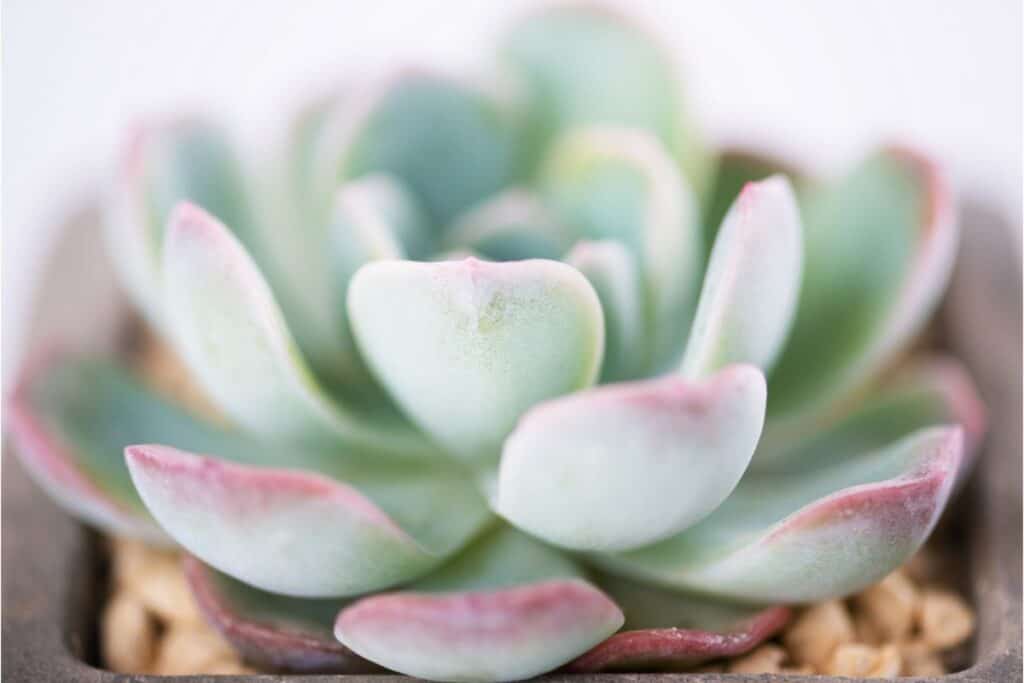
Sunlight is fantastic, but excessive exposure can pose an issue. When succulents aren’t accustomed to direct sunlight, they can become a bit grumpy and respond by closing up their leaves. It’s like their way of saying, “Hey, this is too hot for me!” To prevent this, provide your succulents with bright but indirect light, and be mindful of temperature levels. If necessary, relocate them to a more shaded area or utilize a shade cloth for added protection.
4. Hey, It’s Gloomy in Here!
Guess what? Succulents can also get sad in the shade. If you suddenly move them to a darker corner, their leaves might start pointing down because they miss the light. Show them some love by giving them a bright spot near a window with indirect light, or add an artificial light source to jazz things up.
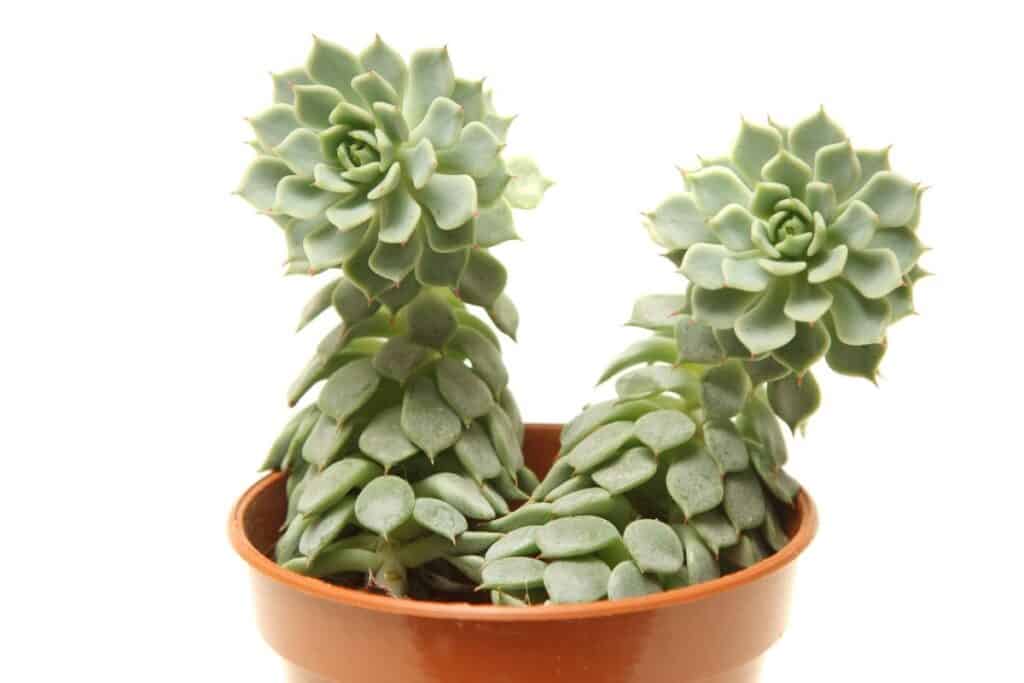
5. It’s All About Drainage, Baby!
Poor soil drainage is a big culprit behind leaf curling. Succulents need soil that lets the air and water flow freely. If the soil gets too wet or soggy, it messes with their tiny root party, and bam! Curly leaves. Save the day by using well-draining soil made for succulents, and let the good times roll.
6. Soils and Nutrients – The Perfect Combo!
Hold up, we can’t forget about the soil itself. Too many or too few nutrients can make those leaves curl inward like crazy. Succulents like a well-balanced soil, with just the right amount of nutrients. So, get yourself a slow-release fertilizer that’s perfect for these plants and watch them grow up strong and curly-leaf-free.
7. Transplant Time Can be Stressful
Imagine how you’d feel if you had to move to a new place. Well, succulents feel the same way. When you transplant them, it can stress them out, and curly leaves might show up. To keep them cool and chill, be gentle during the transplant process, and give them the proper amount of water, light, and nutrients. It’s like a warm welcome to their new home.
8. Change is Hard! Even for Succulents.
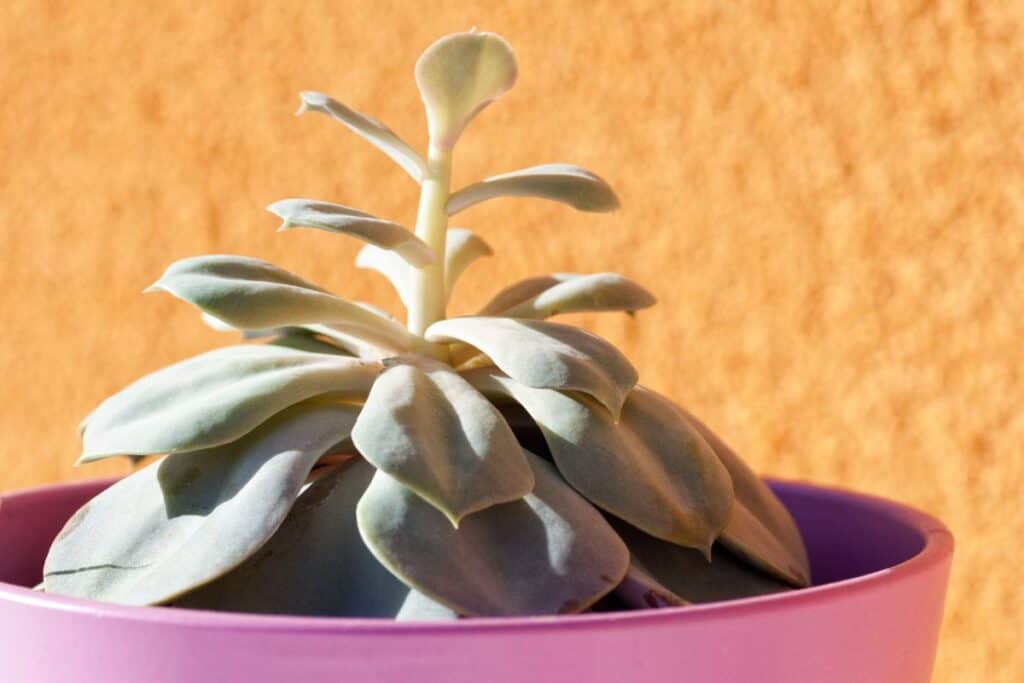
Acclimatization is a fancy word for how plants adjust to new environments. It takes time, and during that period, succulent leaves might say, “Hey, I’m not used to this!” To help them settle in, repot them a few weeks after they’ve arrived, using the same soil they’re familiar with. Also, a little misting of water can ease their transition. They’ll thank you for it!
9. Don’t Be a Potzilla! Choose the Right Size.
Pots are important for succulent happiness. If they’re too cramped or too spacious, it stresses them out, and leaves start curling. So, go for a pot that’s 1.5 to 2 times wider than your succulent’s root system. It’s like giving them the perfect cozy home, where they can spread their roots and relax.
10. Oh, Those Pesky Pests!
Sometimes, succulent leaves curl because of unwanted guests – pests! Those pesky mites, fungus gnats, and other insects can mess with your plant’s mood. Check for signs of these little troublemakers and kick them out. Treat your succulent with insecticidal soap or horticultural oil, and give it some extra love to recover from the pest party.
Preventing Curly Leaves – Easy-Peasy Tricks!
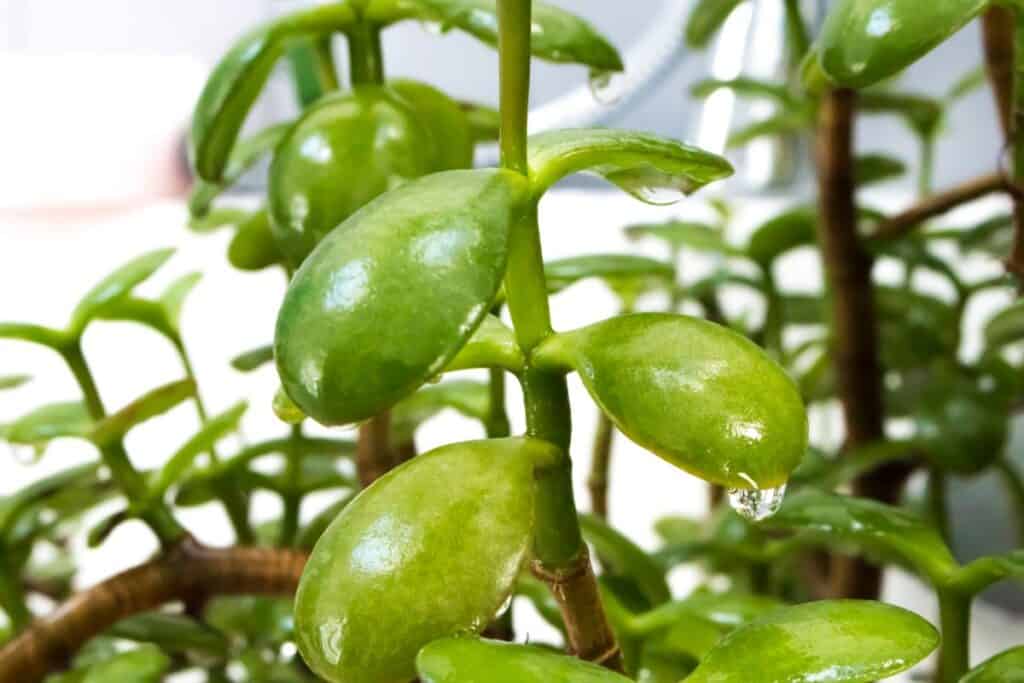
Now that you know all the secrets, prevent succulent leaves from curling with these super easy tricks:
- Keep an eye out for pests and give ’em the boot with insecticidal soap or horticultural oil.
- Keep the soil moist but not soaking wet.
- Feed your succulents regularly with a balanced liquid or water-soluble fertilizer.
- Find that perfect pot size – not too big, not too small.
- Give them lots of bright light and fresh airflow, but avoid harsh sunlight and strong winds.
- Water your succulents regularly, but don’t go overboard.
- Repot when necessary, giving them room to grow.
- Trim your succulents if needed, because healthy roots mean happy plants.
In a Nutshell
Succulent leaves curl for various reasons, from overwatering to underwatering, light issues, poor drainage, stress from transplanting, and even unwanted pests. But fear not! With a little care and attention, you can keep those leaves straight and your succulents happy and thriving. Follow our simple tips, and embrace a world free from curly leaf dramas!
